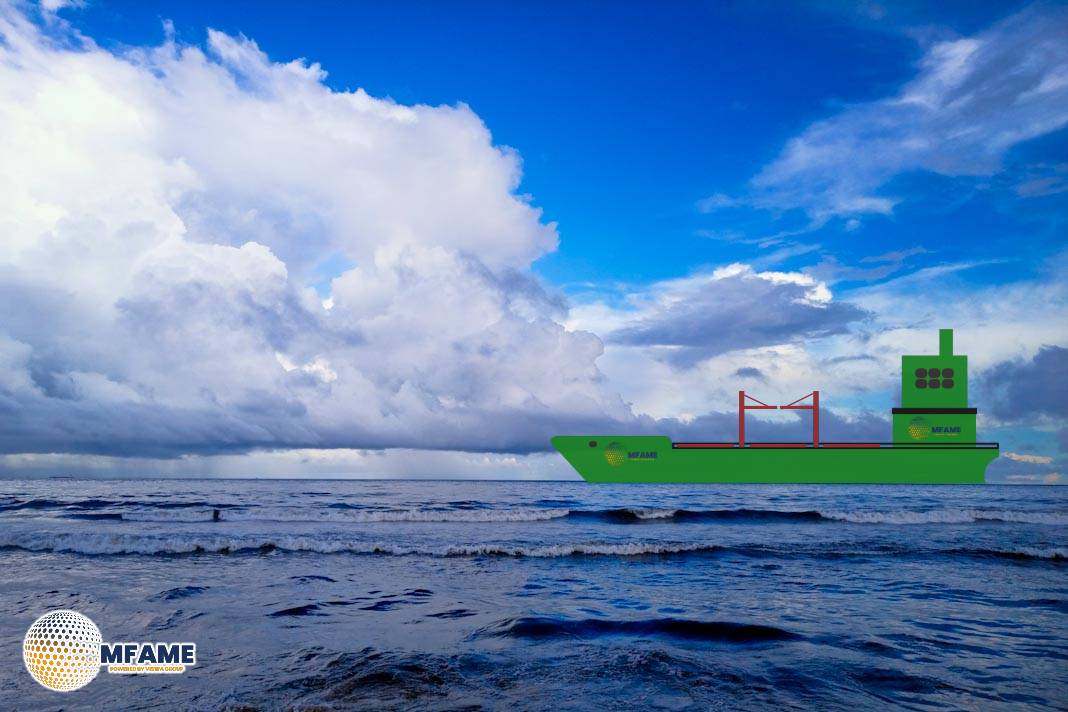- DPA Mandates Continuous AIS Operation Across All Vessel Types.
- Strict AIS Compliance Required at All Dubai Ports.
- Non-Compliance with AIS Rules May Lead to Fines, Warns DPA.
The Dubai Ports Authority (DPA) has made it clear that all vessels, no matter their size or type, must use the Automatic Identification System (AIS) when entering or leaving any of Dubai’s ports, reports Safety4Sea.
Continuous Operation and Accuracy Required
In a circular released in early June 2025, the Authority stressed that all relevant parties need to ensure that the Automatic Identification System (AIS) is continuously installed and operational on vessels navigating within Dubai’s ports. They also need to guarantee that the information being transmitted meets internationally recognised standards for accuracy and validity.
Penalties for Non-Compliance
The DPA has stated that any failure to adhere to this circular will lead to strict enforcement measures. They have the authority to take action against anyone who breaks the relevant regulations and will impose fines as they see fit in such cases.
“We appreciate your constant cooperation with us and your efforts to serve the public interest and optimize the use of resources and infrastructure in the Dubai Emirate,” the Authority added.
Best Practices for AIS Use from P&I Club
When it comes to safe navigation and effective use of AIS, the West of England P&I Club has put together three straightforward guidelines:
- Grasp the Limitations and Strengths of AIS: Operators need to know what AIS and radar can do—and what they can’t. Remember, just because a system is in place doesn’t mean there’s no risk of collision; it shouldn’t be your only line of defence.
- Utilise All Navigation Tools at Your Disposal: Mariners should always use AIS alongside radar and visual cues. If there’s any doubt about a potential collision, it’s crucial to follow the International Regulations for Preventing Collisions at Sea (COLREGS).
- Standardise Your Setup and Know Your Data Sources: Officers need to ensure their equipment is set up consistently and be familiar with all the data sources available, especially when using integrated bridge systems that overlay AIS on radar or radar on ECDIS. Since different manufacturers can display information differently, understanding your equipment is key. Ultimately, it’s the officer of the watch’s duty to maintain safe and efficient navigation.
Did you subscribe to our daily Newsletter?
It’s Free Click here to Subscribe!
Source: Safety4Sea
















